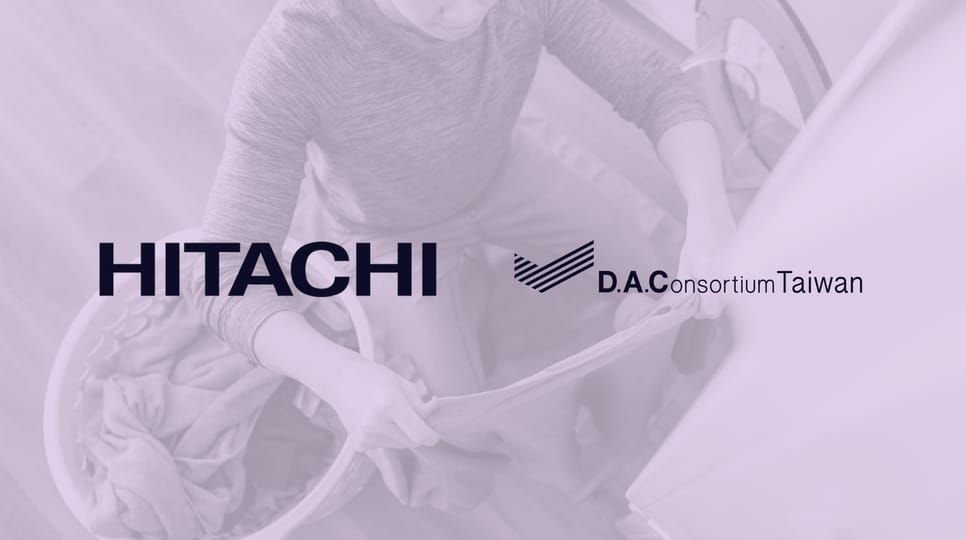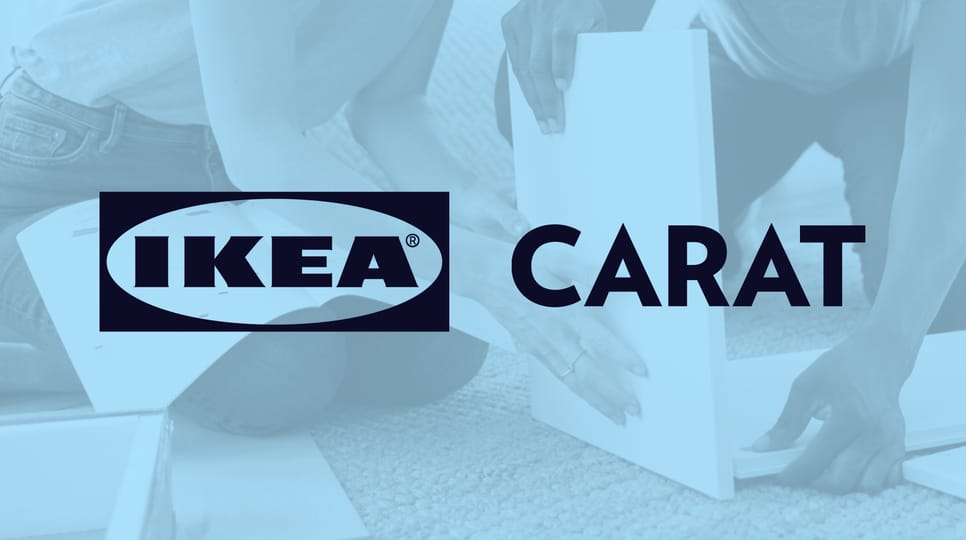Case Studies Connected TV
Hitachi achieves 30% sales lift with data-driven omnichannel strategy

Recruiting fraud is a growing issue for many companies.
The Trade Desk takes this issue seriously and is taking steps to address it.
Share:
Digital agencies in the political space often have large budgets and tight timelines, especially during Q4. While ad campaigns can last a year or longer, sometimes results can hinge on the final push over a few crucial days in late October and early November, when they try to effectively reach as many likely voters as possible. At the same time, they might get an influx of ad dollars to spend at the eleventh hour. The last thing these programmatic marketers want is unused money that could have won additional votes for their candidate or issue.
The Trade Desk platform’s campaign-budgets view can help these agencies understand how their optimizations and targeting strategies may impact the ability to spend budgets in full — important for any programmatic marketer, but likely even more so for political marketers, who often rely on campaign budgets to understand the likelihood of spending in full and absorbing late money that may arrive just before Election Day.
Two agencies working on political campaigns shared how we help them meet their goals and deliver on their campaigns.
Mark Positano runs the media team at i360 and works with paid media organizations, particularly within programmatic advertising. He advised that his primary goals for political ad campaigns are driving awareness and getting more eyes on candidates and issues.
Positano has found The Trade Desk platform especially powerful in connection with campaigns that use Connected TV. “The Trade Desk allows us to help get in front of folks earlier and I think that’s becoming more important within politics,” Positano says. “People are starting to realize the earlier, the better.”
Since his firm is a first-party data company, Positano reported that they heavily use first-party audiences. “We’re hitting an audience that’s likely to vote but could be persuaded for either candidate or party,” he says. This first-party data can even identify who’s likely to vote absentee versus in person on Election Day, so that any last-minute ads target only the latter voter.
Positano also reportedly uses The Budget Bar daily to optimize campaigns. “The Budget Bar is the best starting point for us,” he says. “It allows us to constantly go back to our client and say, ‘We can spend this much and not worry about having leftover budget at the end of a campaign.’”
Sally Gillis is director of the paid media team at Wavelength Strategy, a firm specializing in persuasion and mobilization for political candidates and causes. Gillis said that she aims to reach voters where they are online and hit everyone in their core voting block with engaging creative.
To measure success, Gillis reported looking at things like whether Wavelength is delivering the content in a consistent way, outspending their opponents, and winning more voters than opponents. “Which is core,” she adds, “especially as advertising spend has become more transparent.”
Gillis also mentions the trend of political ad campaigns tend to be a slow burn at the start of the year when people are less engaged, but they pick up steam nearer to Election Day. There’s often a big infusion of cash in late October as fundraising picks up. According to Gillis, it can be a challenge “finding places to put the budget where we can spend it and where we know we can get impressions.”
In a tight, well-funded race like New Hampshire, there can be more dollars than people. Even when inventory is low, nobody wants to leave money on the table. “If a race is tighter, every dollar that they don’t spend [can] mean missing a vote or an opportunity to persuade,” she says.
Gillis advised that she uses the campaign-budgets view to see if a campaign will deliver and if it’s performing well. “Without the tool, we are in the dark about how much we can scale our programs,” she says.
Policies around political advertising are constantly changing, so the team at Wavelength Strategy has to stay nimble and adapt. “The Trade Desk gives us a lot of metrics around delivery and scale,” Gillis says. “We often have to make decisions throughout the program, so it’s useful to have a tool that uses data to help us drive these decisions. My core thought is that making small adjustments over time can generally get us to a place that we want to be.”
Case Studies Connected TV

Case Studies Our platform

Resources Our platform
